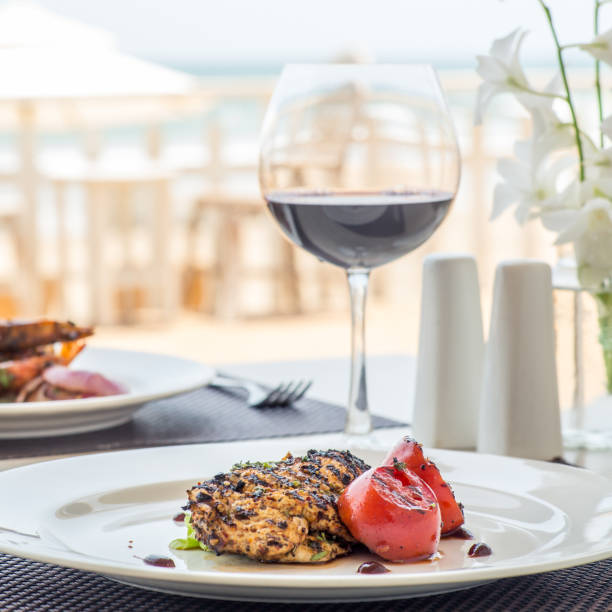What is the reason for this blend?
Blending wines is done because of two motives: to enhance the complexity of their wines and also to create equilibrium. The majority of winemakers will tell you that the best wine is produced by the vine, obviously, but sometimes, especially with an affordable budget for a home winemaker, it’s not feasible. There are times when you can’t get access to premium fruits, or the grapes from your backyard vineyard aren’t as ripe as you would like. Also, you could be dependent on the juice supplier or kit maker. It is also possible that you only have space to experiment with more than two batches of wines. The results could result in wines that are thin or dull or excessively sweet or acidic (or not sweet or acidic enough). They might need some color, fruity flavor, or an extra ingredient to make them suitable for competition. If you’ve followed the right practice in making wine and created additional batches of complimentary wine (or you have the option of complimentary wine), then you can mix your way to a better wine.
What should you mix?
It is possible to add complexity or resolve balance issues that could afflict an unbalanced but well-made wine by mixing. The trick is to find the best wine to blend and blend them in proper quantities.
Blending options are unlimited. Home winemakers aren’t required to follow specific rules for blending, unlike commercial wines. For instance, French red Bordeaux can be blended that contains Cabernet Sauvignon, Cabernet Franc, Merlot, Petit Verdot, Malbec, and Carmenere. In the same way, in Tuscany, Italy, Chianti Classico is limited to blends of varieties that are approved, such as Sangiovese, Canaiolo, Cabernet Sauvignon, Merlot, or Syrah, to be legally recognized as genuine Chianti Classico by the region’s winemaking laws.
For the novice blender, the best route to try is to test blends that have been proven to be effective, like Cabernet Sauvignon and Merlot or Chardonnay and Semillon, depending, of course, on what combinations of wines you are able to get the chance to get. As many novice home winemakers tend to work with just one bottle of wine at a time, this can be an excellent opportunity to get involved with other winemakers at home to exchange wines for blending. It is also possible to prepare your blends in advance by making smaller quantities of wine from different varieties made from grapes or juice or using an alcohol kit. (for more details on the wine kit for blending, Tim Vandergrift discusses the topic in the following piece). Also, for some charts of common blends and complementary grapes, visit https://winemakermag.com/technique/wine-blending-partners.
Mixing safety precautions
Blending can be a great option to alter your wines to improve them; however, what you should not blend is wines that have defects that are the result of bad winemaking. For instance, If Brettanomyces has infected your wine or has another irreparable flaw, mixing it with a different wine won’t make it better – you’ll just be left with a greater amount of wine that is flawed.
Blending must also be performed in smaller tests prior to mixing the whole batch. This is known as “bench trials,” and involves mixing small amounts at a time, then tasting, then blending the entire collection after you’re satisfied with a specific blend. This technique reduces the possibility of destroying a whole bunch of wine by making use of a lot of blending ingredients. For a helpful spreadsheet for doing blending calculations, visit https://winemakermag.com/resource/1217-download-tim-patterson-s-blending-spreadsheet.




